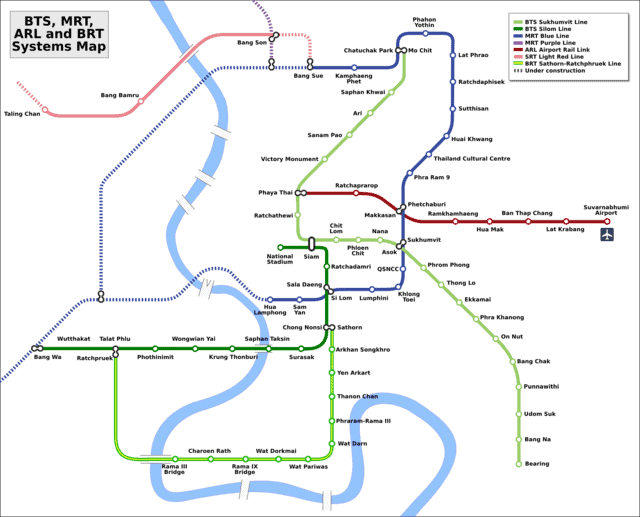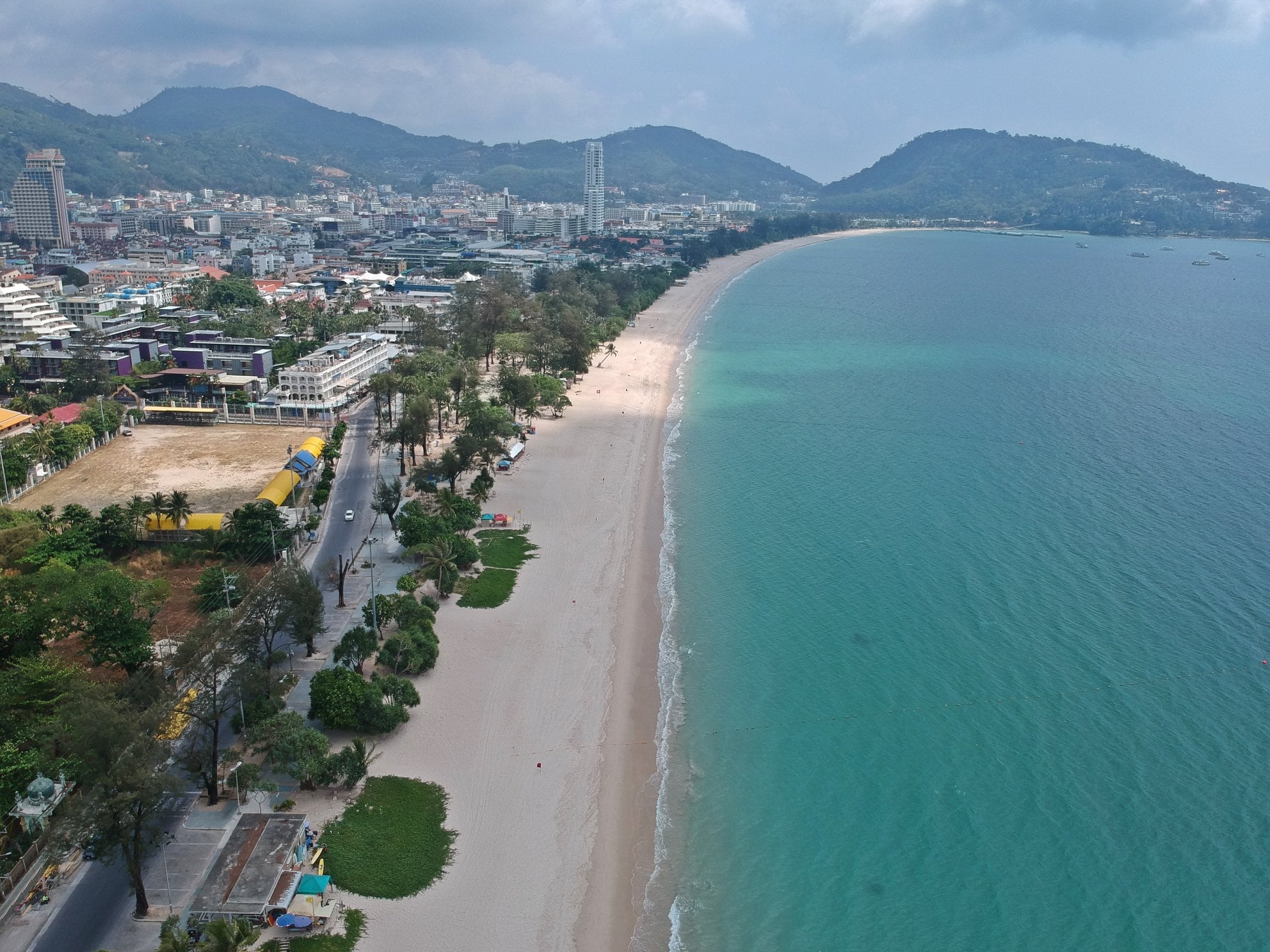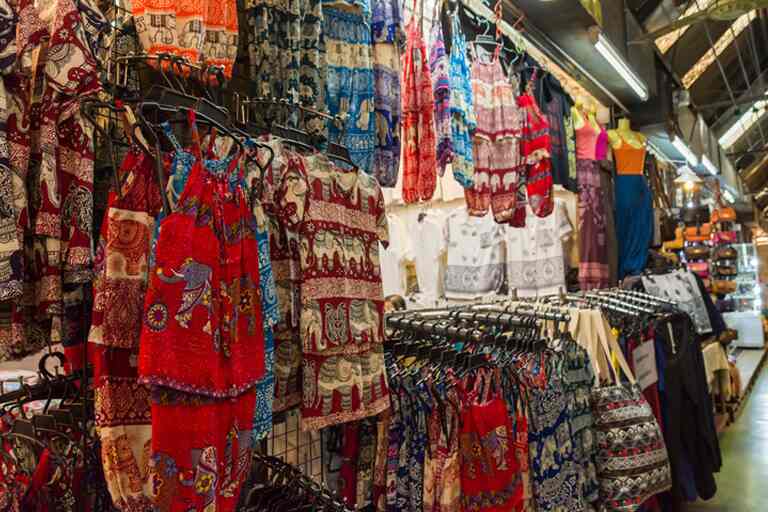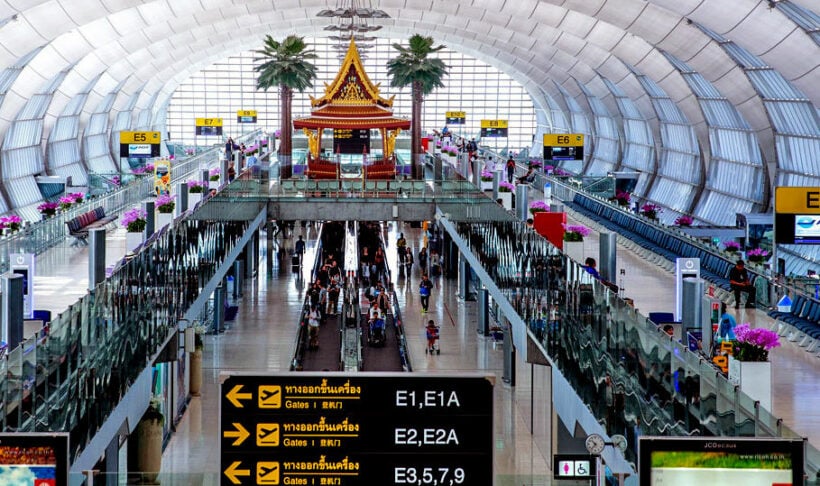Bangkok boasts a fantastic public transportation system, and navigating the city can be a breeze thanks to the BTS Skytrain and MRT subways. But for first-time visitors, the acronyms BTS and MRT can be confusing. Don’t worry, this quick guide will break down the key differences between these two rapid transit options.
Tracks and Coverage:
The biggest difference lies in their tracks. The BTS, or Bangkok Mass Transit System, is an elevated railway. You’ll see its sleek trains cruising along Bangkok’s skyline. The MRT, or Metropolitan Rapid Transit, takes the underground route, offering a cool escape from the hot weather.
In terms of coverage, the BTS currently has more stations spread across a wider area. However, the MRT system is rapidly expanding, and some of its lines now have sections above ground.
Price and Convenience:
The MRT is generally slightly cheaper than the BTS. Both offer clean, air-conditioned trains, making your commute comfortable.
Here’s a convenience factor to consider: While both systems have their own networks, some stations allow you to easily interchange between BTS and MRT. This makes it easy to reach specific destinations that might not be directly served by one system.
Choosing Between BTS and MRT:
Ultimately, the best choice depends on your specific needs:
- For scenic journeys and wider coverage: Opt for the BTS.
- For a cool escape from the heat and potentially shorter travel times: Choose the MRT.
- Looking for easy transfers between lines: Check if your route involves stations with MRT-BTS connections.
Bonus Tip:
Bangkok also has a Bus Rapid Transit (BRT) system, offering a more budget-friendly option for some routes. While it might not be the fastest, it can be a good choice for shorter distances.
So, with a little planning and this handy guide, you can navigate Bangkok’s public transportation system like a pro!




